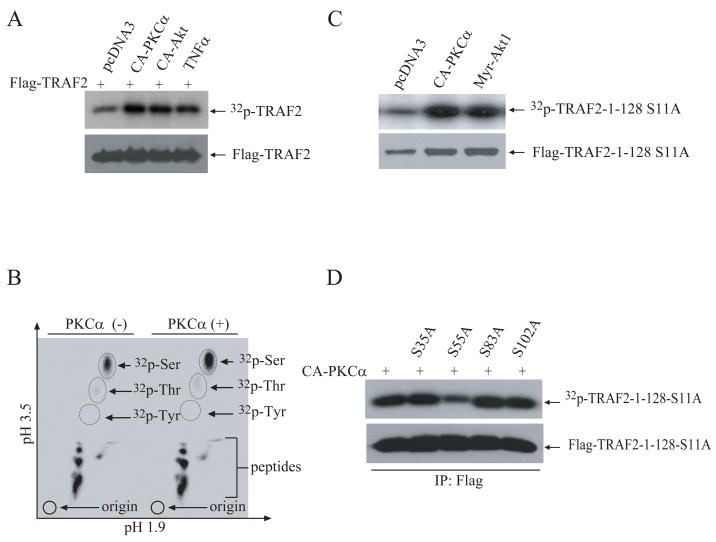Figure 1. Expression of CA-PKCα induces TRAF2 phosphorylation at Ser-55 in vivo.
A, NIH 3T3 cells were co-transfected with Flag-TRAF2 (1.0μg) or empty pCDNA3 (1.0μg) and HA-CA-PKCα or HA-Myr-Akt1 (0.5 μg/ml). 36 hrs after transfection, cells were labeled with 32P-orthophosphate and either mock treated or treated with TNFα for 15 min. 32P-labeled Flag-TRAF2 was then immunoprecipitated, separated by SDS-PAGE and transferred onto a PVDF membrane. The membrane was exposed to X-ray film for 6 hrs, and was then probed with anti-Flag antibody.
B, NIH 3T3 cells were co-transfected with Flag-TRAF2 (1.0 μg) and pCDNA3 (1.0 μg) or HA-CA-PKCα (0.5 μg). At 36 hrs after transfection, 32P-labeled Flag-TRAF2 was purified and hydrolyzed in 6N HCl. Hydrolyzed 32P-Flag-TRAF2 was then separated on a TLC plate, and exposed to X-ray film for 7 days.
C, NIH 3T3 cells were co-transfected with the Flag-TRAF2-1-128-S11A mutant (1.0 μg) and either HA-Myr-Akt1 (0.5 μg) or HA-CA-PKCα (0.5 μg) as indicated. At 36 hrs after transfection, overall TRAF2 phosphorylation was detected as in A.
D, WT and mutant forms of Flag-TRAF2-1-128-S11A were co-expressed with CA-PKCα in NIH 3T3 cells and their phosphorylation was assessed as in A.

